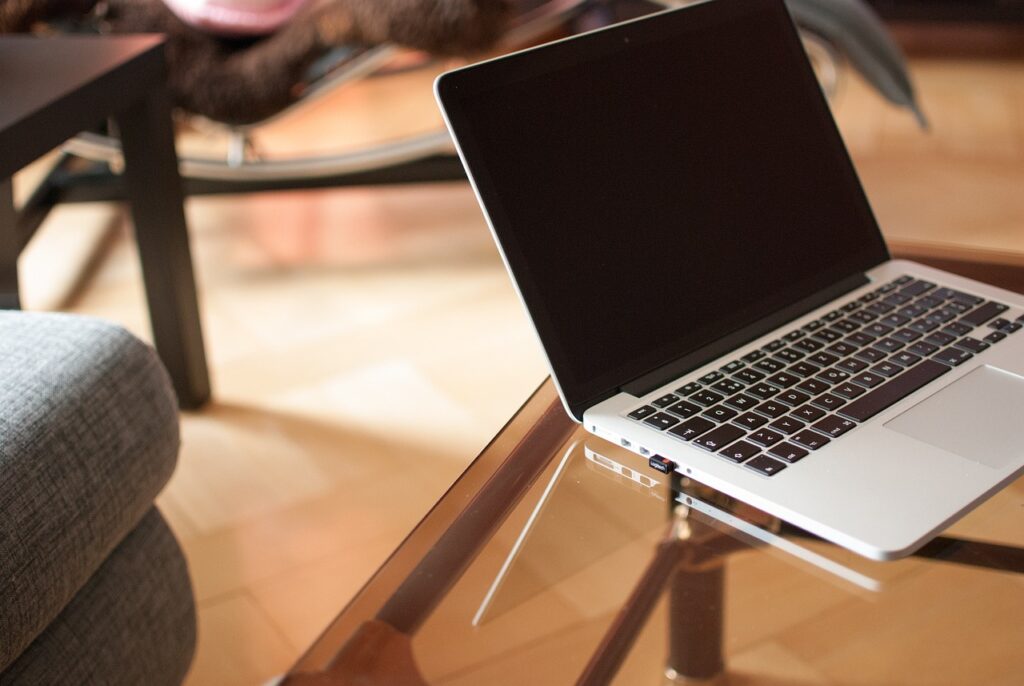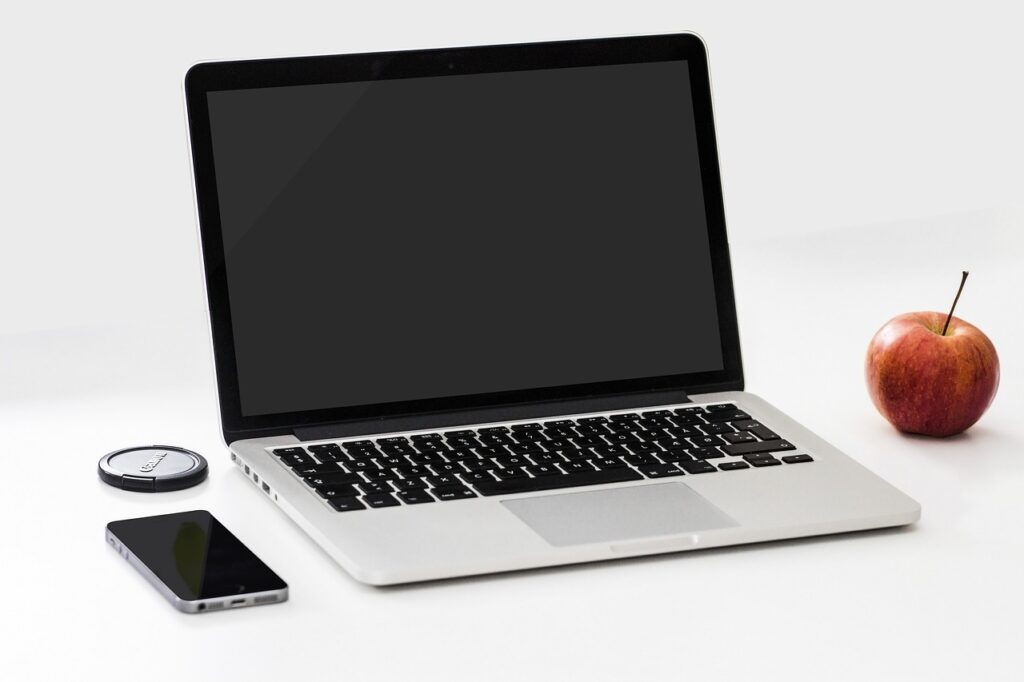Experiencing a black screen on your laptop can be incredibly frustrating. Whether you’re dealing with a blank screen after startup or it suddenly goes black while you’re working, there are several reasons this can happen, from software malfunctions to hardware issues. The good news is that most laptop black screen problems are solvable with a few troubleshooting steps. In this guide, we will walk you through the common causes and solutions, and provide a step-by-step approach to getting your laptop back in action.

Common Causes of a Laptop Black Screen
Before diving into solutions, it’s essential to understand the common reasons for a black screen:
- Power Issues: The laptop may not be getting power, or the battery may be depleted.
- Loose Connections: Cables connecting the screen to the motherboard may be loose.
- Display Issues: The laptop’s display or the graphics card may be malfunctioning.
- Corrupted Software or Drivers: A software bug, outdated driver, or recent OS update might cause a conflict.
- BIOS or Hardware Failure: A corrupted BIOS or a damaged motherboard can cause the screen to go black.
Step-by-Step Guide to Fix a Laptop Black Screen
Now that you’re aware of the possible causes, let’s explore the steps you can take to resolve the issue.
1. Perform a Hard Reset
Sometimes, the laptop’s internal components might freeze, causing a black screen. A hard reset can help reset the laptop and clear temporary data.
How to perform a hard reset:
- Turn off the laptop.
- Unplug the power cord and remove the battery (if possible).
- Press and hold the power button for 30 seconds.
- Reinsert the battery and plug the laptop back in.
- Turn on the laptop to see if the issue persists.
2. Check the Brightness and Power Settings
If your laptop screen is completely black but the laptop is still running, it’s possible that the screen brightness has been turned down all the way.
What to do:
- Try adjusting the brightness using the function keys (usually marked with a sun icon).
- Ensure the laptop is plugged into a power source and that the battery is charged.
3. Connect to an External Monitor
To determine if the issue is with the laptop screen or the internal hardware, connect your laptop to an external monitor or TV.
How to do it:
- Connect your laptop to a monitor using the appropriate cable (HDMI, VGA, etc.).
- Press the necessary function key (e.g., F4, F8) to toggle between the laptop screen and external monitor.
- If the external monitor displays your laptop’s screen, it indicates that the laptop screen itself is faulty.
4. Boot in Safe Mode
If the laptop screen goes black after Windows starts loading, the issue could be with the software or drivers. Booting into Safe Mode can help you troubleshoot these problems.
How to boot into Safe Mode:
- Turn off your laptop completely.
- Turn it back on, and repeatedly press the F8 key (on older versions of Windows) or Shift + F8 (on newer versions) as it starts.
- Select “Safe Mode” from the boot options.
- Once in Safe Mode, try updating your graphics drivers or undoing any recent software changes that may have caused the issue.
5. Update Graphics Drivers
Outdated or corrupted graphics drivers can lead to a black screen issue. Updating them can often resolve the problem.
Steps to update graphics drivers:
- Press Windows + X and select Device Manager.
- Expand the Display Adapters section.
- Right-click on your graphics card and select Update Driver.
- Follow the prompts to search for and install any available updates.
- Restart the laptop to see if the issue is resolved.
6. Check for BIOS or Firmware Updates
A corrupted BIOS can cause various issues, including a black screen. Check your laptop’s manufacturer website for the latest BIOS or firmware updates and instructions for updating.
Steps to check and update BIOS:
- Visit your laptop manufacturer’s support website.
- Search for your laptop model and find the BIOS section.
- Compare the version listed with the version on your laptop by pressing F2 (or the corresponding key for your model) during startup.
- If an update is available, follow the instructions carefully to update your BIOS.
7. Inspect for Hardware Damage
If none of the above solutions work, the black screen may be due to hardware damage, such as a malfunctioning motherboard or a defective screen. In this case, it’s best to take your laptop to a professional technician for further diagnosis and repair.

When to Seek Professional Help
While many black screen issues can be fixed with the steps mentioned above, some problems, such as motherboard failure or damaged screens, may require professional assistance. If you’ve exhausted all troubleshooting options and the problem persists, contacting a repair service is your best option.
Conclusion
A black screen on your laptop can be a sign of several issues, ranging from software conflicts to hardware malfunctions. By following the troubleshooting steps outlined in this guide, you can identify the root cause and potentially fix the issue yourself. However, if the problem persists, don’t hesitate to seek professional repair services.

